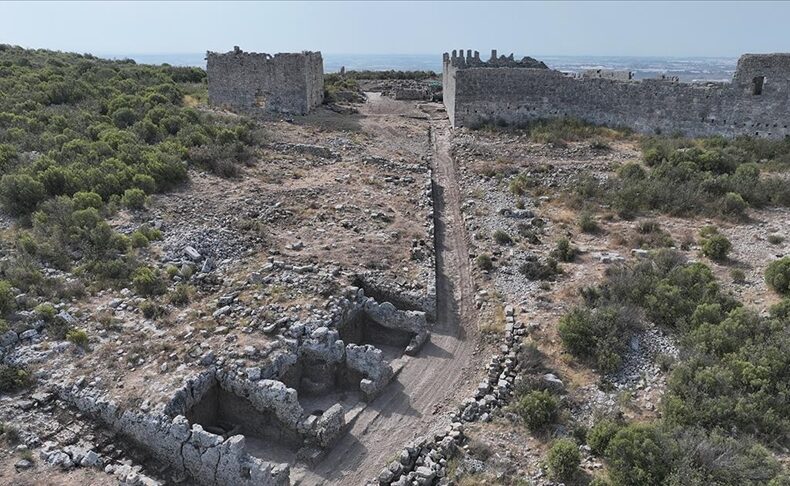
The 1-Kilometer Main Street of Sillyon Ancient City Has Been Unearthed
ANTALYA – In Serik district of Antalya, the Sillyon Ancient City is revealing the layers of six major civilizations along its main street. Excavations, conducted year-round as part of the “Heritage for the Future” project, have uncovered a one-kilometer-long avenue that connects the city’s Hellenistic, Roman, Byzantine, Seljuk, Beylik, and Ottoman periods.
From Mythical Origins to Alexander’s Siege
Perched atop a steep hill for defensive purposes, Sillyon is believed to have been founded in the early 2nd millennium BCE. According to legends, the city was established by Argive settlers after the Trojan War, or by heroes such as Mopsos and Kalchas. Its fortifications were so strong that even Alexander the Great faced resistance here. By the 5th century BCE, Sillyon had joined the Delian League, while in the 3rd century BCE, it minted its own coins, signaling its economic prominence.
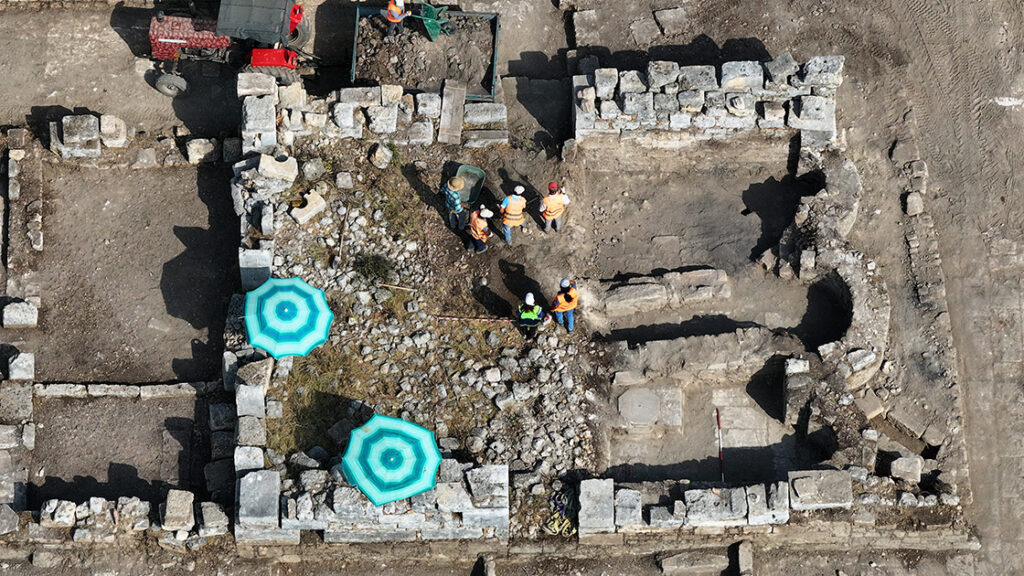
The Avenue Where Civilizations Converge
The main street, stretching from the lower city to the acropolis, is 4–10 meters wide and bears traces from all historical periods. Archaeologists have documented graves on both sides, from Hellenistic and Roman tombs to 220 Seljuk-era burials, including the rare discovery of an infant grave.
According to excavation director Assoc. Prof. Dr. Murat Taşkıran, “Walking along the street, one can see an Ottoman mosque, an operational Ottoman fountain, Roman chamber tombs, Seljuk tomb groups, sacred areas, inscriptions, statue bases, city gates, and traces of every period. The street is essentially a cultural corridor connecting multiple civilizations.”
📣 Our WhatsApp channel is now LIVE! Stay up-to-date with the latest news and updates, just click here to follow us on WhatsApp and never miss a thing!!
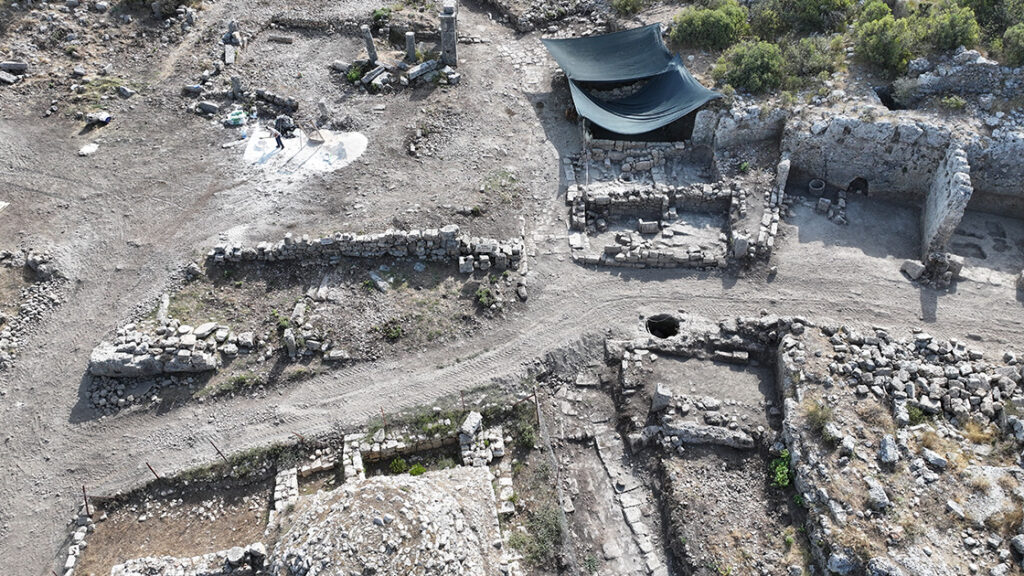
Multi-Layered Cityscape
Sillyon also preserves theaters, sarnices, city walls, towers, agoras, stadiums, and Seljuk-era mosques. The city functioned as an episcopal center during the Byzantine period and remained a vibrant settlement through the Ottoman era.
Interdisciplinary Excavations
Excavations do not focus solely on archaeology; teams of around 50 experts also conduct studies in geoarchaeology, zoology, paleontology, geophysics, and geology. Recent discoveries include multiple Roman tombs, one of which uniquely houses individuals from different periods in the same chamber, offering invaluable insight into Sillyon’s social history.
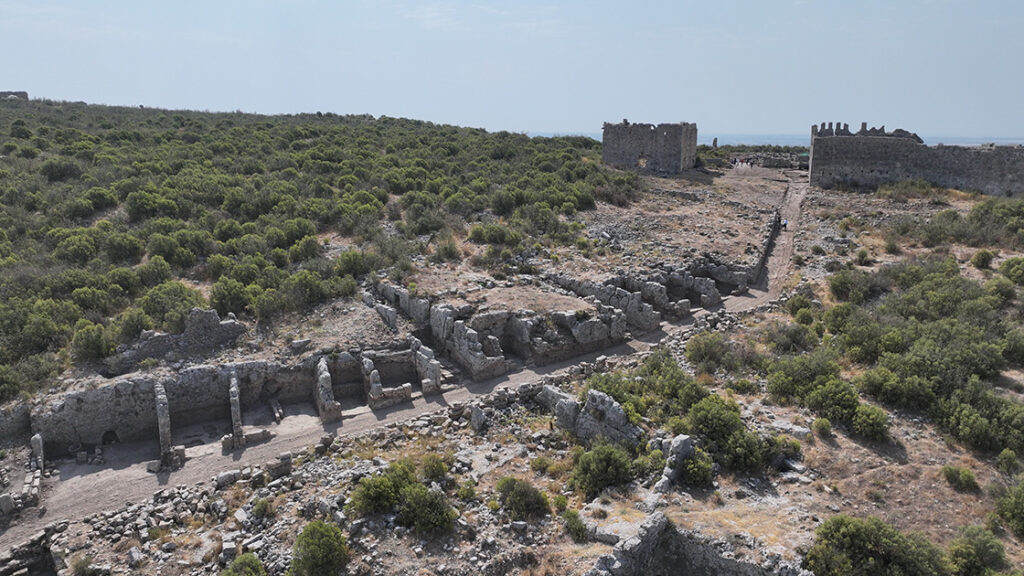
Preserving the Past for the Future
The “Heritage for the Future” initiative has made the avenue accessible to the public, while maintaining the original pavement and structural integrity. Visitors can now walk a kilometer through time, experiencing centuries of history in a single journey.
You may also like
- A 1700-year-old statue of Pan unearthed during the excavations at Polyeuktos in İstanbul
- The granary was found in the ancient city of Sebaste, founded by the first Roman emperor Augustus
- Donalar Kale Kapı Rock Tomb or Donalar Rock Tomb
- Theater emerges as works continue in ancient city of Perinthos
- Urartian King Argishti’s bronze shield revealed the name of an unknown country
- The religious center of Lycia, the ancient city of Letoon
- Who were the Luwians?
- A new study brings a fresh perspective on the Anatolian origin of the Indo-European languages
- Perhaps the oldest thermal treatment center in the world, which has been in continuous use for 2000 years -Basilica Therma Roman Bath or King’s Daughter-
- The largest synagogue of the ancient world, located in the ancient city of Sardis, is being restored

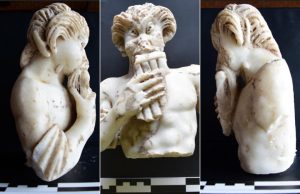
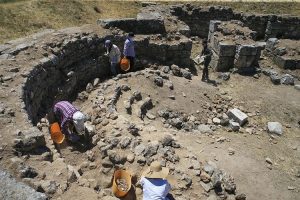
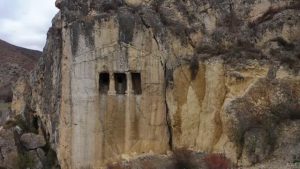
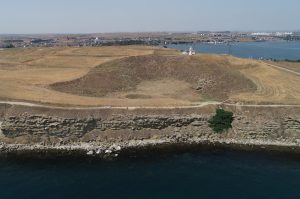
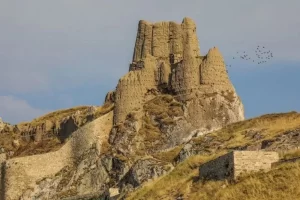
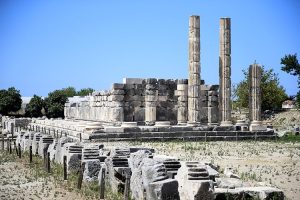
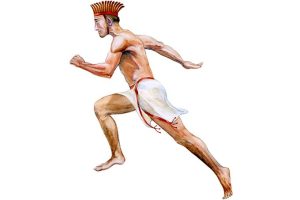

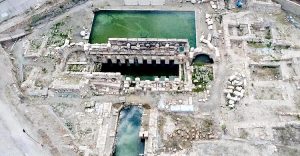
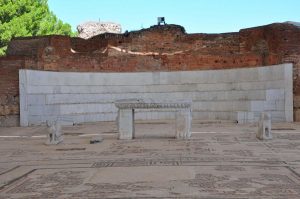
Leave a Reply